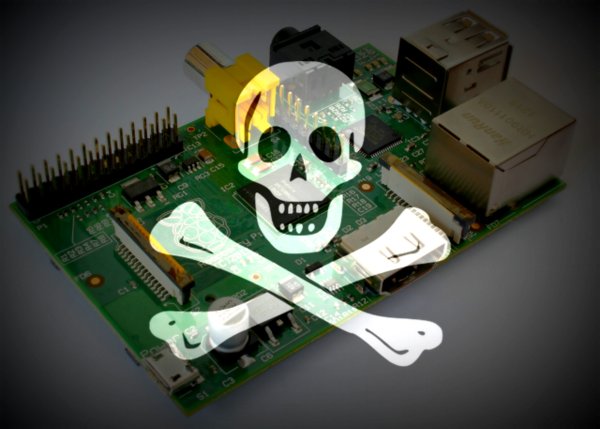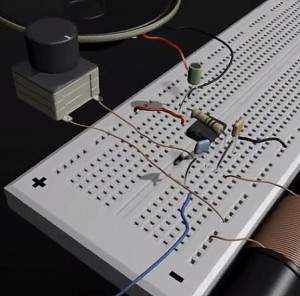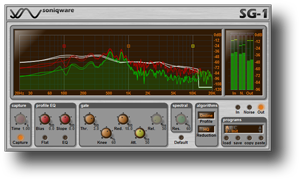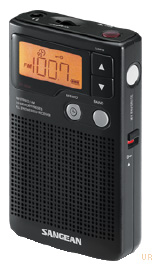Many thanks to SWLing Post reader, Paul, for this article on Make Magazine that teaches you how to turn your Raspberry Pi into an FM transmitter. Make Magazine states that this FM transmitter “has enough range to cover your home, DIY drive-in movie, a high school ball game, or even a bike parade (depending on the stragglers).”
What a simple hack:
(If the embedded video above doesn’t appear, simply click here to watch at Makezine.com.)
Raspberry Pi’s are very inexpensive (less than $40 US on Amazon) and a fun tool to have around the shack anyway. I plan to try this project as early as this weekend. I have many hours of shortwave radio recordings that I would love to pipe through the house via FM. I only wish the Raspberry Pi could broadcast in AM. Perhaps one day…




